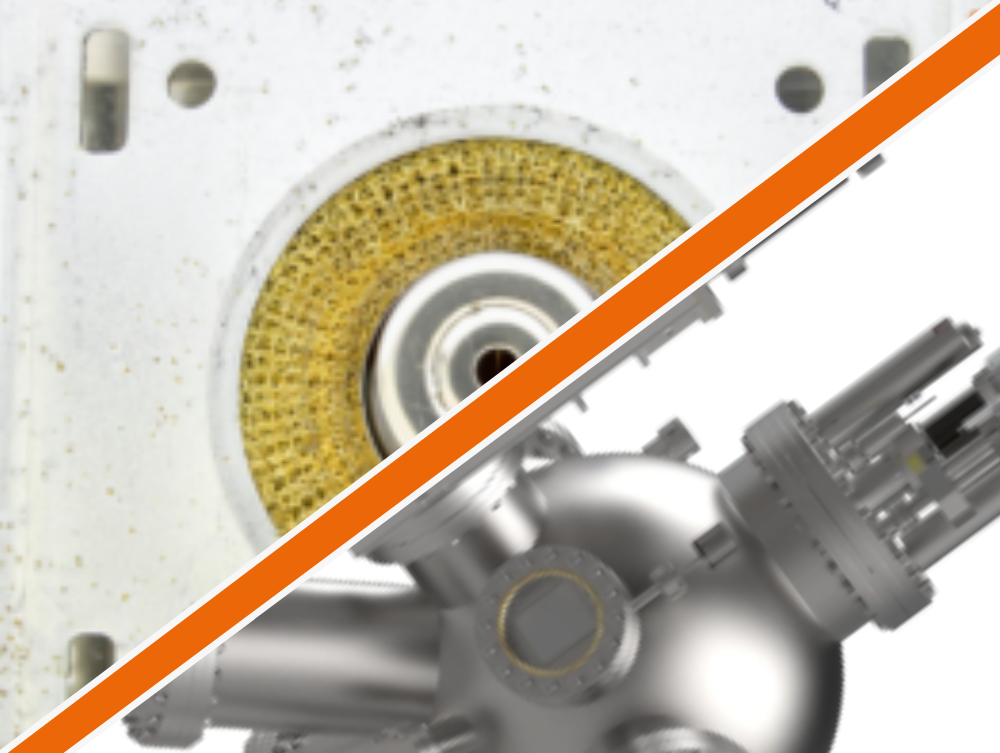Thin films are at the heart of modern technology, used in everything from semiconductor devices to optical coatings and protective layers. Magnetron-based thin film deposition is one of the most effective methods for producing high-quality coatings with exceptional uniformity, adhesion, and material control. By utilizing plasma to transfer material from a target onto a substrate, this technique allows for the precise customization of film properties to meet the demands of advanced applications.
Unlike other deposition methods, magnetron sputtering operates at lower temperatures and provides greater control over film composition. This makes magnetron sputtering especially useful for heat-sensitive materials. Its versatility has made it an essential tool in research and manufacturing, where precision and reliability are paramount.
Magnetron-Based Thin Film Deposition Techniques
The method used in magnetron sputtering influences film structure, deposition rate, and material compatibility. Selecting the right technique ensures coatings meet the performance requirements of their application.
- DC Magnetron Sputtering: Works with conductive materials such as metals and alloys. It delivers high deposition rates but cannot be used for insulating materials due to charge buildup.
- RF Magnetron Sputtering: Operates with both conductive and insulating materials, utilizing radio frequency (RF) power to prevent charge accumulation on dielectric targets.
- Reactive Magnetron Sputtering: Introduces gases like oxygen or nitrogen, enabling the formation of compound coatings such as titanium dioxide (TiO₂) or silicon nitride (SiNₓ).
- High-Power Impulse Magnetron Sputtering (HiPIMS): Delivers short, high-energy pulses, producing denser films with superior adhesion and structural properties, though at a lower deposition rate than conventional methods.
Each approach allows for precise control over film composition, thickness, and surface properties. This makes magnetron-based thin film deposition adaptable to a wide range of applications.
How to Undertake Magnetron-Based Thin Film Deposition
A well-executed thin film deposition process requires careful preparation, precise plasma control, and thorough post-deposition analysis. The following steps outline how to successfully carry out magnetron-based thin film deposition.
1. Preparing the Vacuum Chamber
Maintaining a contaminant-free chamber is essential for consistent film quality. Any residual gases or particles can affect the sputtering process and introduce defects into the film. The chamber must be pumped down to ultra high vacuum levels (10⁻7 to 10⁻8 Torr). This is to eliminate unwanted gas molecules before deposition begins. The deposition chamber should also be kept under vacuum when not in use to avoid moisture and sulphur from the air being adsorbed onto the internal surfaces. UHV magnetron sputter chambers often have an additional load lock chamber mounted on the side, which enables substrates to be loaded without the venting of the main deposition chamber.
2. Setting Up the Target and Substrate
Securing the target material (the source of the film) is crucial for preserving uniform sputtering. Just as important is preparing the substrate. Thorough cleaning with solvents or plasma treatment removes surface contaminants that could weaken adhesion. In some cases, pre-heating the substrate enhances film bonding and improves coating durability.
3. Igniting the Plasma and Controlling Sputtering Parameters
Once the system is ready, an inert gas (usually argon) is introduced. A high-voltage current is then applied to ionize the gas. The resulting plasma bombards the target, ejecting atoms that travel through the chamber and form a thin film on the substrate.
Several deposition parameters must be carefully adjusted:
- Power input: Controls the material ejection rate and affects film thickness.
- Gas pressure: Influences film density, roughness, and deposition rate.
- Substrate temperature: Plays a role in film adhesion, crystallinity, and stress control.
- Deposition time: Determines the final film thickness and consistency.
4. Monitoring Film Growth in Real Time
To ensure precise film thickness and composition, real-time monitoring techniques such as Quartz Crystal Microbalance (QCM) or ellipsometry track the deposition rate. Adjustments can be made to power, pressure, or gas flow during the process to maintain consistency.
Applications of Magnetron-Based Thin Film Deposition
Magnetron sputtering is widely utilized in industries requiring precise, high-performance coatings, making it a key thin film deposition technique.
- Semiconductors: Deposits metal interconnects, dielectric layers, and thin-film transistors used in microelectronic devices.
- Optical Coatings: Enhances lenses, display screens, and laser mirrors with anti-reflective or high-reflectivity coatings.
- Protective Coatings: Improves wear resistance, corrosion protection, and thermal stability in aerospace, automotive, and industrial applications.
- Thin-Film Solar Cells: Produces high-efficiency photovoltaic layers like CIGS and CdTe films for next-generation solar panels.
- Medical Coatings: Applies biocompatible and antibacterial layers to implants, surgical tools, and medical devices.
These applications demonstrate the broad impact of magnetron-based thin film deposition in modern manufacturing and technology.
Advancing Magnetron Sputtering with Nikalyte’s NEXUS System
Advanced automation and thin film deposition technologies make the NEXUS system a powerful tool for researchers and manufacturers. It enables greater precision, efficiency, and scalability in thin film engineering and nanotechnology.
This system offers:
- Ultra-high vacuum conditions for contamination-free coatings.
- Multi-source capability, allowing for hybrid deposition techniques, including magnetron sputtering.
- Automated process control, ensuring repeatability and consistency across multiple deposition runs.
- Real-time monitoring with in-situ thickness measurement tools for superior process control.
All these features position the NEXUS system as an ideal solution for those seeking high-performance thin film deposition with enhanced control and reliability.
Magnetron Sputtering: The Future of Thin Film Technology
Industries are pushing thin film technology boundaries, demanding coatings that are thinner, more functional, and more efficient, rendering thin film deposition increasingly vital. Companies like Nikalyte are at the forefront of this evolution. They provide cutting-edge deposition systems that deliver the precision and flexibility needed to develop next-generation materials.
With ongoing advancements in process automation, real-time monitoring, and hybrid deposition techniques, magnetron sputtering continues to refine thin film deposition, driving innovation across multiple areas.

